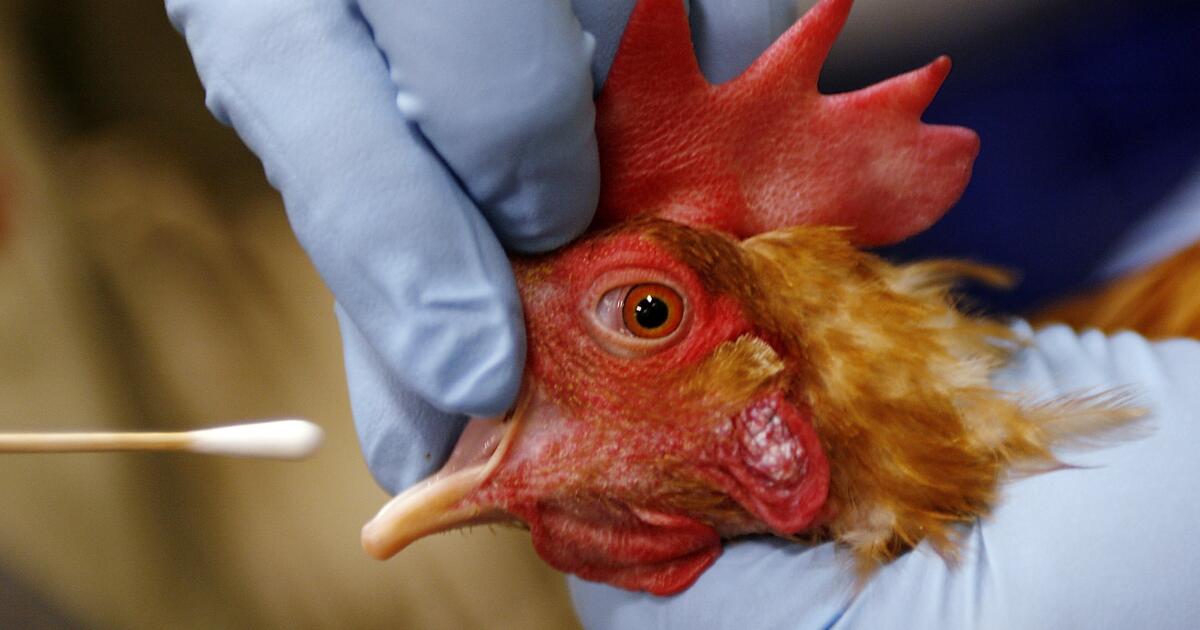Teenager Recovers from H5N1 Bird Flu Infection, but Mutations Raise Concerns
Full Recovery
A 13-year-old Canadian teenager who was infected with H5N1 bird flu in early November has fully recovered from her illness. She was admitted to an intensive care unit and treated with antiviral medications, ECMO, and plasma exchange therapy.
Genetic Analysis Reveals Ominous Mutations
Genetic analysis of the virus that infected the teenager showed that it had undergone mutations that allowed it to target human cells more easily and cause severe disease. The study authors described this development as "worrisome."
Case Study
The teenager was admitted to a local emergency room on November 4 with conjunctivitis and a fever. She was discharged the same day with no treatment. However, over the next three days, she developed a cough, diarrhea, and vomiting, and was readmitted to the hospital on November 7 in respiratory distress.
Treatment and Recovery
The teenager was transferred to a pediatric intensive care unit and received treatment with antiviral medications, ECMO, and plasma exchange therapy. She was also intubated and put on ECMO. Her viral load began to decrease on November 16, and she tested negative for the virus eight days after admission. She fully recovered and was discharged on November 28.
Mutations and Concerns
The genetic sequencing of the virus showed that it was similar to the one circulating in wild birds, the D1.1 version. However, it also had a few mutations that increased its ability to replicate in human cells. This is a concern, as it may lead to more severe symptoms in some individuals.
Expert Opinion
According to Jennifer Nuzzo, director of the Pandemic Center at Brown University, "it is worrisome because it indicates that the virus can change in a person and possibly cause a greater severity of symptoms than initial infection." She also noted that the mutations may not be present in the environment, but could still occur in individuals, leading to more severe illness.
FAQs
Q: What is H5N1 bird flu?
A: H5N1 is a type of avian influenza A virus that can infect humans.
Q: How did the teenager contract H5N1?
A: The exact source of the teenager’s infection is unknown, but it is believed to be related to contact with infected birds or contaminated surfaces.
Q: What was the treatment for the teenager?
A: The teenager received treatment with antiviral medications, ECMO, and plasma exchange therapy.
Q: What are the concerns about the virus?
A: The virus has undergone mutations that allow it to target human cells more easily and cause severe disease, which is a concern for public health officials.
Q: Can H5N1 be transmitted from person to person?
A: No, H5N1 is not typically transmitted from person to person, but it can be spread through contact with infected birds or contaminated surfaces.


